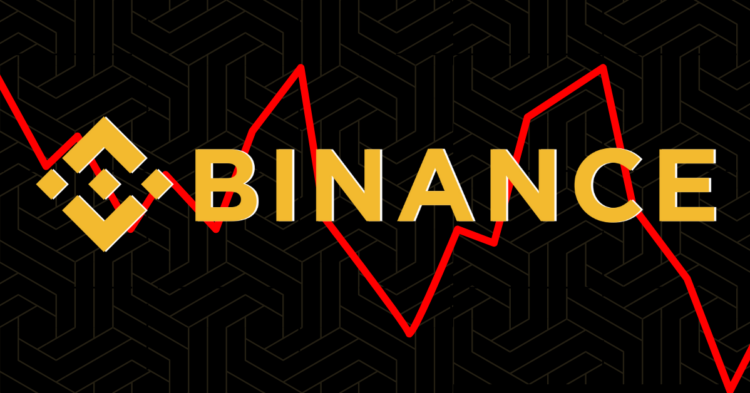Since its launch, Binance has been a dominant force in the crypto exchange market, but recent trends indicate a notable decline in its trading activity. The exchange witnessed a 20% decrease in trading volume during September compared to the previous month. This downturn coincides with the rise of competitors like Crypto.com, which experienced a 40% increase in trading volumes over the same time frame.
Binance’s Dominance Touches 2020’s Low
According to a detailed report from CCData, Binance’s derivatives trading volume plummeted by 21% in September, reaching $1.25 trillion—the lowest point since October 2023. This reduction caused Binance’s share of the derivatives market to dip to 40.7%, a level not seen since September 2020. Spot trading was similarly affected, dropping by 22.9% to $344 billion, marking the lowest figure since November 2023. Consequently, Binance’s spot market share fell to 27%, its lowest since January 2021. Overall, the combined spot and derivatives market share for Binance slipped to 36.6%, the lowest since September 2020. Despite these setbacks, Binance continues to lead in spot trading volume among centralized exchanges.
Emerging Competitors
Crypto.com is strategically positioning itself among centralized exchanges, showing remarkable growth. Its spot and derivatives trading volumes surged by 40.2% and 42.8% in September, reaching $134 billion and $149 billion, respectively. This achievement has propelled Crypto.com to become the fourth-largest exchange by volume with an 11% market share for the month.
Despite Crypto.com’s progress, the overall trading activity on centralized exchanges mirrored Binance’s decline. The total combined spot and derivatives volume decreased by 17% to $4.34 trillion, the lowest monthly volume since June. CCData highlighted that this reduction follows a typical seasonal trend where trading activity tends to slow down in late summer. Spot trading volumes fell by 17.2% to $1.27 trillion, while derivatives trading saw a 16.9% decline to $3.07 trillion.
Future Outlook
Analysts anticipate a rebound in trading activity in the upcoming months as the U.S. Federal Reserve implements rate cuts, which is likely to enhance liquidity and attract more capital into the cryptocurrency market.
Binance’s Decline Tied to Growing Regulatory Pressure
Another critical factor contributing to Binance’s recent struggles is the mounting regulatory pressure. Last month, the U.S. Securities and Exchange Commission (SEC) filed an amended complaint against Binance, scrutinizing the exchange’s token listing practices. This action followed the SEC’s lawsuit in June 2023, which accused Binance of operating as an unregistered broker, clearinghouse, and trading platform, while also offering unregistered securities. To address these allegations, Binance agreed to pay $4.3 billion in fines to various U.S. regulators.
Leadership and Legal Challenges
Founder and former CEO Changpeng “CZ” Zhao admitted guilt to violating the Bank Secrecy Act (BSA) due to insufficient know-your-customer (KYC) systems. He was sentenced to four months in prison but has since been released. These legal and regulatory challenges have disrupted Binance’s operational stability and tarnished its reputation among users and investors.
Opportunities for Competitors
As a result of these difficulties, competitors like Coinbase and Bybit have capitalized on the opportunity to erode Binance’s market dominance. With these rivals continuing to expand and potentially benefiting from Binance’s regulatory issues, the exchange’s hold on the market may weaken further.











